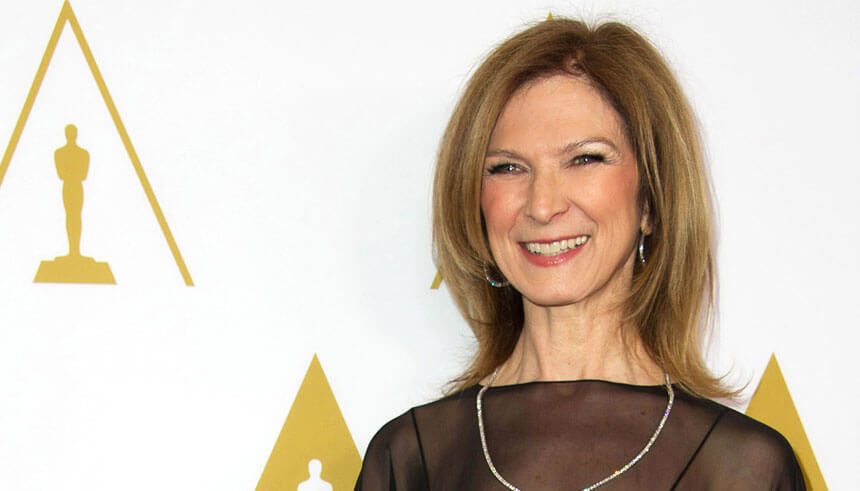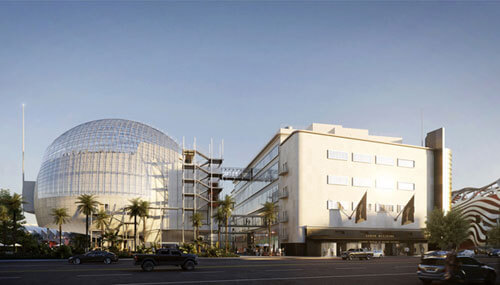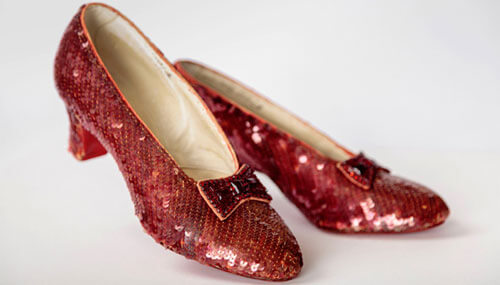Dialogues
Dawn Hudson: Changing Hollywood’s Old Boy Network

How the CEO of the Academy of Motion Picture Arts and Sciences is leading the charge to bring more diversity to Tinseltown
It’s not easy being a high-profile woman in Hollywood. Dawn Hudson has served as chief executive officer of the Academy of Motion Picture Arts and Sciences since 2011, where she directs all of the Academy’s education, outreach, research and preservation programs, while championing diversity in the entertainment industry with the Board of Governors. She is also overseeing the launch of the upcoming Academy Museum of Motion Pictures, the world’s premier institution dedicated to the art and science of movies, which will open later this year. The 300,000 square foot campus will dedicate six floors to the history of Hollywood and international filmmaking. Prior to that, she was the executive director of Film Independent, a nonprofit organization that supports and cultivates careers of independent filmmakers. Under her leadership, Film Independent expanded its membership, increased revenue, grew manifold and became a nationally recognized arts institution.
We sat down with Hudson to talk about her long-standing career in the film industry, discuss the challenges women in power face today, and delve into how she is making an impact on Hollywood in the age of the #MeToo movement.
As the head of the Academy for eight years and counting, were there any hurdles that you had to overcome as a female executive?
Before working at the Academy, I was the executive director of Film Independent, where I worked for 20 years. It was diverse and very progressive, and spoke deeply to my long-standing interest in filmmaking and social change.
When I came to the Academy, its Board of Governors was mostly men. Only six out of 42 members of the Board were women. There were few people of color and virtually no representation of diverse cultures on the Board, in membership or on staff. We were not a global organization.
When I started talking about implementing change and incorporating new views and voices, there was some resistance. Naturally, all people have a hard time with change, especially at an organization which was, at that time, an 84-year-old institution.
In the following seven years, I’ve tried to carefully guide a shift to support gender equality, diversity and global inclusion. During this time, especially in the last three years, global societal changes have accelerated the momentum. With or without me, the Academy would have had to make these changes in order to sustain its relevance and financial viability.

“My role at the Academy and the opportunities I have to influence positive social change, even beyond this industry, is a culmination of all my experiences.”
With the support of the board and our membership, we increased outreach for Board positions and actively promoted diversity for our membership. Over the last seven years, the number of women governors has grown to 22. Our new class of members this year is 49 percent female. We invited 26 new mainland Chinese members. The number of people of color has doubled in the last three years. I am proud to see the conversation is simply different now, and the Academy is stronger because of it.
You went to grad school for political science and even worked for a senator in Washington. What made you change your career? How do you think the skills that you acquired in Washington have helped you in your career in Hollywood?
Like many of us, I grew up wanting to make the world a better place. I thought I could enact the most change through politics, but after working in Washington and in government in San Francisco, it became clear that change would be incremental over a long period of time. I felt that art could influence people more deeply and quickly. Filmmakers want to make the world a better place and have the means to do it effectively.
One of the most basic but deeply profound things I’ve learned is that if you are trying to effect change, then everything is politics. Everything is building consensus. The Academy, as an institution, wanted to change and having had a background in politics made it easier for me to help lead that.
What challenges do you think women in power, especially in Hollywood, face today?
The challenge women leaders face today lies in not being viewed equally. There is a perceived risk when a woman takes the lead, even though data and experience defy that.
In light of all the changes that the Academy enacted in the last few years when it comes to diversity and inclusion, how long do you think it will take for the entertainment industry to catch up, and how can Hollywood solve the diversity problem?
The present momentum for inclusion is making the work better and relatable to a far wider audience. I like to think that the Academy has become a pacesetter for the industry.
Meeting the diversity challenge in Hollywood requires getting more people in the room to make decisions, while including a broader cross-section. It’s about equal representation and perceived equity.
Looking back at your career, is there anything you would have done differently?
I’ve always been interested in social change and art, and I have been lucky to pursue both of those in my career. My role at the Academy and the opportunities I have to influence positive social change, even beyond this industry, is a culmination of all my experiences.
I prefer to look ahead and ask myself—what is the next problem to solve, the next story to be told, or what is the next goal for the organization? And how will I best utilize my skills and background to accomplish the next set of challenges?
Tell us what the Academy of Motion Pictures is working on next.
The biggest project the Academy has taken on is building the Academy Museum of Motion Pictures, designed by the phenomenal architect Renzo Piano, which will open in LA later on this year. The museum will not only speak to the history of filmmaking, but will also help us understand and define filmmaking at this moment in time. It will be the world’s premiere institution dedicated to the art and science of movies.
“The museum will not only speak to the history of filmmaking, but will also help us understand and define filmmaking at this moment in time.”

Education, opportunity and mentorship are also an ongoing focus for the Academy. We launched our Women’s Initiative, designed to create opportunities for female filmmakers to connect, share their stories and promote inclusion—which awarded two fellowships this year—and mentoring opportunities.
We continue our Nicholl Screenwriting Fellowship, an international screenwriting competition established to identify and encourage talented new screenwriters. We’ve had 156 graduates of that program, to date, and virtually all are successfully working in the industry at some level.
We are very aware of the role we play in the entertainment industry, and we want to reflect our industry in the best possible way. We will continue to move forward as a leader and an example of positive change.
Contact East West Bank Entertainment and New Media Financing Team
Subscribe to the Reach Further Newsletter
Get inspiring stories in your inbox every month.

